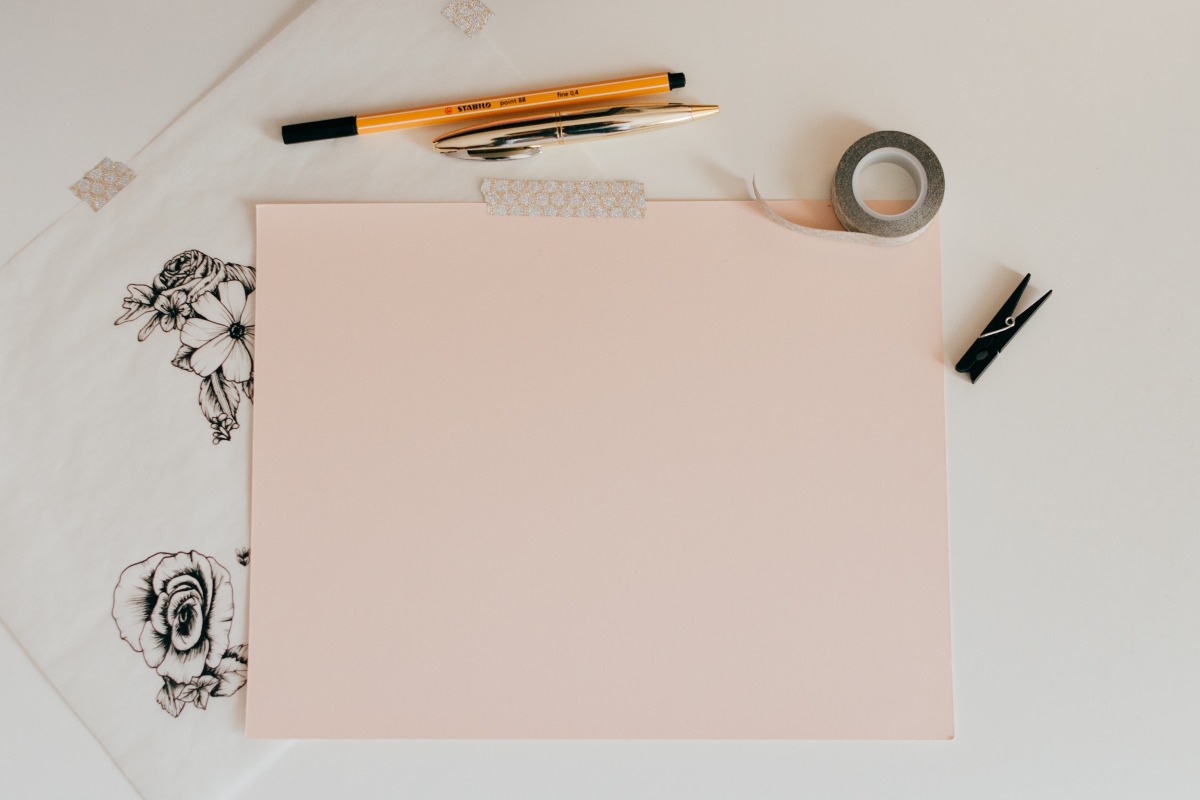
Art therapy is an alternative therapy frequently used along with talk therapy to treat substance use disorder (SUD) and mental health disorders. People have used art to communicate since the beginning of time. Art was the primary way people left behind a record of their lives for thousands of years.
Formal art therapy has only been around since the mid-20th century, and the term “art therapy” came into use in the 1940s. Art therapy benefits people of all ages but was first used to help children. In art therapy, sessions are facilitated by a therapist with a graduate degree in art therapy. The process of creating art is used to get in touch with and release feelings.
Benefits of Art Therapy
Art can improve communication and concentration and reduce sadness and loneliness. Art has also been shown to help improve self-confidence, self-esteem, and self-awareness. When people use substances to escape, they sometimes become out of touch with their emotions; art can help people get back in touch with their feelings. Art provides a way to express painful emotions without the need to verbalize them. This can be especially beneficial for people who have trauma in their past that is painful or hard to talk about.
What benefit does art therapy have in long-term sobriety? When people are in recovery, art therapy can give them a way to express negative feelings, process difficult emotions, and cope with unresolved trauma. Art practiced independently during long-term recovery can be a healthy coping mechanism and a way to fill the time previously spent drinking or using.
How Can Art Therapy Help in Everyday Life?
Art can help just about anybody in everyday life. There are many ways to enjoy art: you can take a class, sing in a choir, or write poetry, to name just a few examples. In recovery, art can be a profound way to cope with and release feelings as they crop up. If you are looking for ways to incorporate art into your everyday life, consider the following:
- Write: Keeping a journal, writing short stories, essays, or poetry all have a place in expressing and relieving emotions that you need to process and release
- Studio art: All forms of art, including sketching, painting, sculpting, and computer art, are ways to process and release emotions and ideas
- Music: Listening to music, playing an instrument, singing, and writing lyrics all are ways to release emotions and feelings
- Dance: Moving your body to music is a physical release that you can do anywhere
- Drama: Acting something out is a very therapeutic release; writing the script and role-playing are ways to express how you feel
- Photography: A wonderful way to capture moments and, in doing so, feel the corresponding emotions and release them
How Does Art Help Sustain Long-Term Recovery?
Incorporating art into your life has several benefits; it is a wonderful outlet that allows you to be productive, produce a tangible item, and have a lot of fun. Art can be a terrific hobby and a new passion. The benefits of creating art include:
- Strengthening your use of mindfulness
- Connecting you to your spiritual side
- Boosting your self-esteem
- Producing feelings of joy
- Releasing emotions and ideas
- Improving your sense of control over your world
- Building community
- Restoring a sense of playfulness in your life
- Avoiding relapse because you are dealing with and releasing emotions
- Using your creations to visualize how far you have come
Art has also been shown to release dopamine. Dopamine is also released when you use drugs or alcohol, contributing to the development of addiction. Replacing the act of using substances with art can create pleasurable feelings through healthy activities, helping promote overall wellness.
The Process, Not the Product
Art is not about creating any specific end product. It is the process itself that is important — unleashing emotions and finding ways to express yourself. The goal is to use art to find meaning in what is happening in your life. Creating art in long-term recovery helps you to process your emotions.
Experiment in any medium that excites you. Another benefit to art is that frequently the space where art happens is calm and allows for less verbal communication, which some people find soothing. Spending time doing something you enjoy is great for your overall mental health, and that in itself is therapeutic.
People with healthy hobbies are less likely to relapse or suffer from stress, low mood, or depression. Creative activities can cause you to be happier and feel more relaxed. Art in long-term recovery is incredibly helpful, and actual art therapy is something you can return to in group or individual therapy for life.
A complementary therapy, like art therapy, used alongside evidenced-based therapy, adds a dimension to your overall recovery by providing a safe place to express and feel your emotions. Some people find it easier to express their feelings non-verbally than they do in talk therapy, particularly when dealing with memories of traumatic events. Some memories can trigger emotional pain or fear. By creating and releasing feelings through art, therapeutic goals can be accomplished in a gentler way. While art therapy is not a replacement for evidence-based therapy, it does support conventional therapy and provides a safe and supported place to work through traumatic events. Art can also be used after treatment to help support your recovery goals. Using art as a hobby can help you find joy outside of using substances. For more information on long-term recovery support, call The Guest House today at (855) 483-7800.